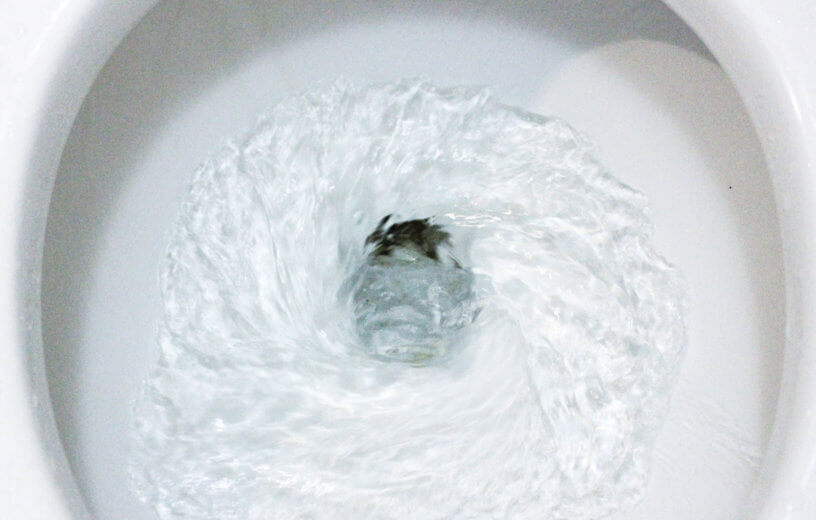RIVERSIDE, Calif. — Recycled water is perfectly safe, tastes just as good as most drinking water, and can significantly help solve water scarcity problems all over the globe. However, a new study finds that even after people are educated on the safety and benefits of recycled water, they are still largely unwilling to use it in their homes and drink it. Why? It all comes down to one word: disgust.
A 2018 blind taste test study that asked participants to drink recycled waste water, tap water, and commercial bottled water actually found that people preferred the taste of recycled water over tap water. Of course, those results would have been quite different had the participants known what they were drinking. At the time, the research team found that just the idea of using recycled waste water evoked feelings of disgust among virtually all of the participants.
So, the same researchers from the University of California, Riverside who conducted that taste test study in 2018 decided to follow up on their work by researching how people’s perceptions of recycled water changed after becoming more educated on the topic. They focused on a number of factors that typically cause people to avoid recycled water, including disgust, misinformation, ignorance, and a need to conform to social norms.
For the study’s purposes, “disgust” was defined as “a strong repulsion to a potentially harmful substance.”
The research team conducted three experiments involving 886 participants. In the first exercise, half of the participants watched a pro water conservation video and the other half watched a video about the urban legend that crocodiles live within NYC’s sewer system. Across both groups, virtually all the participants were still unwilling to use recycled water. In all, 96% of the participants cited disgust as their mean reasoning. In an effort to investigate further, the study’s authors asked the participants if their disgust was fueled by a fear of disease or just a general desire for cleanliness. In response, 65% of participants cited cleanliness.
The second experiment used the same two videos, but this time participants who expressed feelings of disgust were shown another informational video explaining how recycled waste water is completely free of contaminants. Both the initial pro-conversation and subsequent informational video merely had a “small but unsubstantial effect on peoples’ willingness to use recycled wastewater.”
For the final experiment, three groups of participants watched one of the three aforementioned videos. Then, after filling out a survey, each person was offered a bottle of water labeled “SMARTdrop—Pure Recycled Water” and asked if they would be willing to sign a conservation petition. Researchers theorized that participants who had watched the video addressing disgust would be more willing to take the water bottle and sign the petition.
Surprisingly, a similar number of people within each group (about two-thirds) opted to take the water bottle and sign the petition.
These findings are in direct contrast to prior research that found media and videos can sway peoples’ attitudes on water conservation and recycled water. According to the research team, while such methods may be able to help people see recycled water in a more positive light, that doesn’t mean they will be any more willing to actually use it.
They recommend that future efforts and campaigns to encourage water conservation focus on easing peoples’ cleanliness concerns more than simply educating on the overall process. For example, an advertisement that goes into detail about how extensively recycled water is purified would likely be much more influential than just another informational video on the ecological benefits of recycled water.
“Disgust is an exceptionally robust motivation that may require stronger intervention to overcome,” says study author Daniel Harmon in a release.
The study is published in the scientific journal Basic and Applied Social Psychology.

That’s pretty funny. Having worked in water utilities for nearly 30 years I’d like to note that water sources such rivers, lakes, even artificial reservoirs are not only full of all kinds of animals and their waste plus all kind of plant material, but also dead and decomposing animals including humans who’ve drowned or been dumped. Modern treatment methods, which include testing in all stages of the process, make the water safely drinkable.